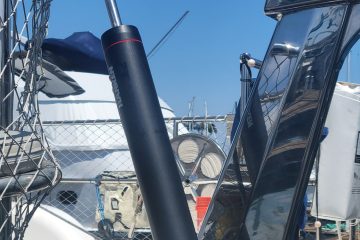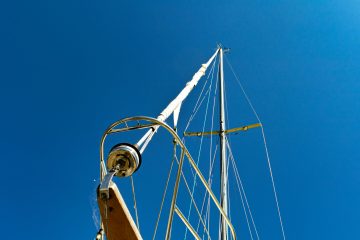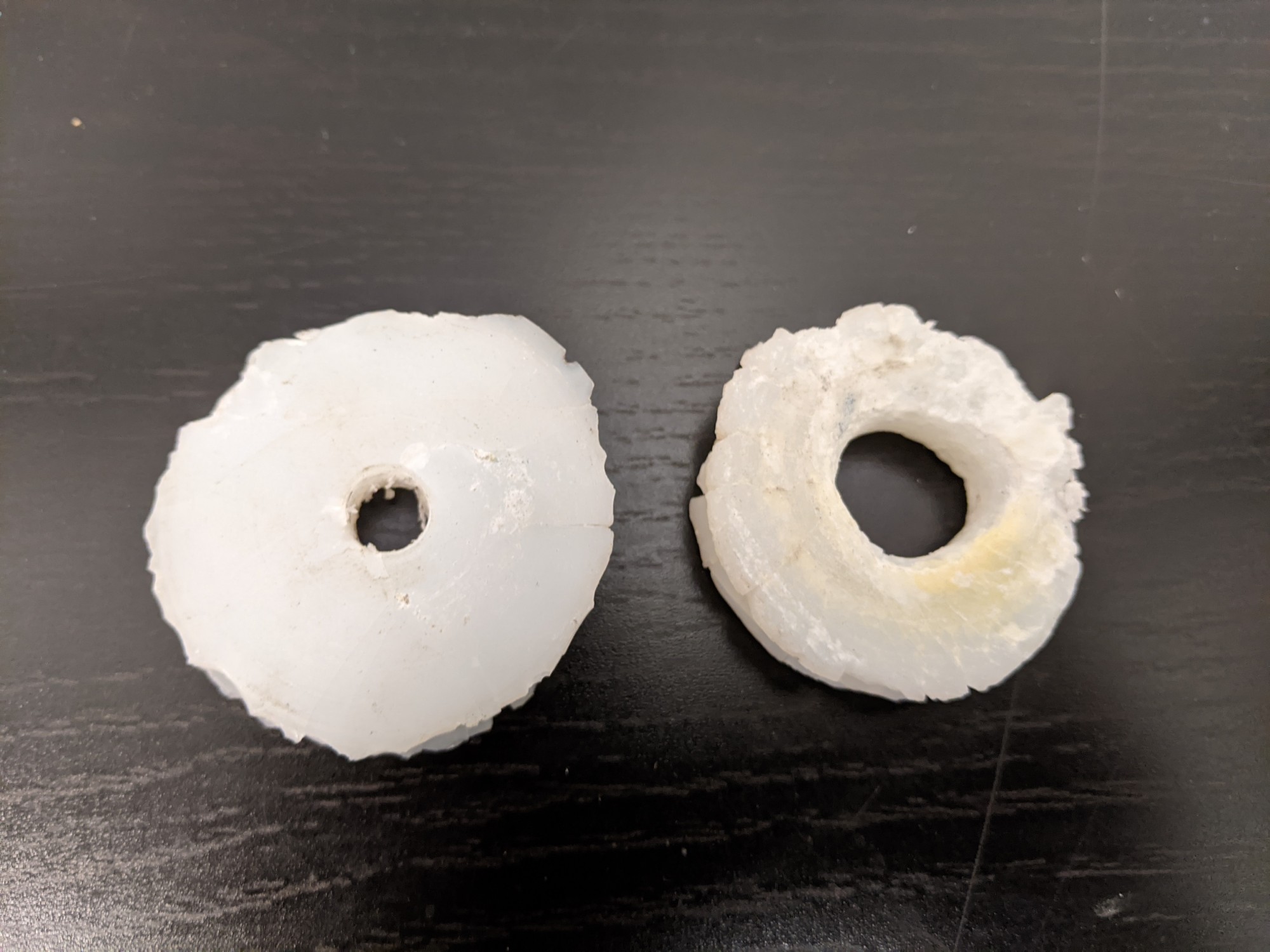Question: Do you have guidelines for selecting halyards, sheets, etc. for my sailboat?
From the Rigger: First, if your old rope served its purpose but needs replacing, we recommend duplicating it as closely as possible to ensure that the replacement is the correct length and works with your existing clutches, winches, etc. The best bet is to shop with your old rope in hand. If you need to replace a halyard, please don’t pull it out of the mast. We would be happy to loan you a tagline (strong and thin) to use as a ‘place holder’, or we are always happy to visit your boat and tag it out for you.
When buying new running rigging (i.e. rope), you will want to consider length, diameter, stretch/performance, material/construction and, of course, price. Below are some rough guidelines to help you make an educated purchase. These guidelines are particularly useful when estimating the cost of a project. Then we can help you fine-tune your rope selection and length before cutting.
Guidelines for Rope Length:
Halyards:
- Main Halyard – Mast length x 2.5
- Genoa Halyard – Mast length x 2.5
- Genoa Halyard (fractional rig) – Mast length x 2
- Spinnaker / gennaker halyard – Mast length x 2.5
Sheets:
- Main Sheet – Boat length x 2.5 (varies with the mechanical purchase being used)
- Genoa Sheet – Boat length x 1 to 1.5
- Spinnaker Sheet / Guy – Boat length x 2
- Asymmetric Spinnaker Sheet – Boat length x 2.5 to 3
Control Lines:
- Outhaul – Boom length x 2
- Boom Vang – Boom length x 2
- Cunningham – Boom length x 1
- Reefing Line (reef 1) – Boom length x 2.5
- Reefing Line (reef 2) – Boom length x 3
If your running rigging leads back to the cockpit, remember to account for that in your length. And if in doubt, too long is always better than too short!
Guidelines for Rope Diameter and Type:
Diameter and performance are determined by your boat length, the function of the rope, and the style of sailing that you do. For example, low stretch is very important in a halyard but not necessarily in a sheet. A high-performance racer might require a lighter, stronger, lower stretch (i.e. more expensive!) rope than a cruiser. There is no ‘one-size-fits-all’ with running rigging.
Taking into account boat length and sailing style, the attached chart suggests rope diameter and type for each piece of running rigging: Rope Diameter and Type
We have a huge rope wall at Rigworks and are very proud of our selection and expertise. We are happy to help you pick the best rope for your application. So, with or without your old rope in hand, stop by and chat with our staff. We always look forward to seeing you!


